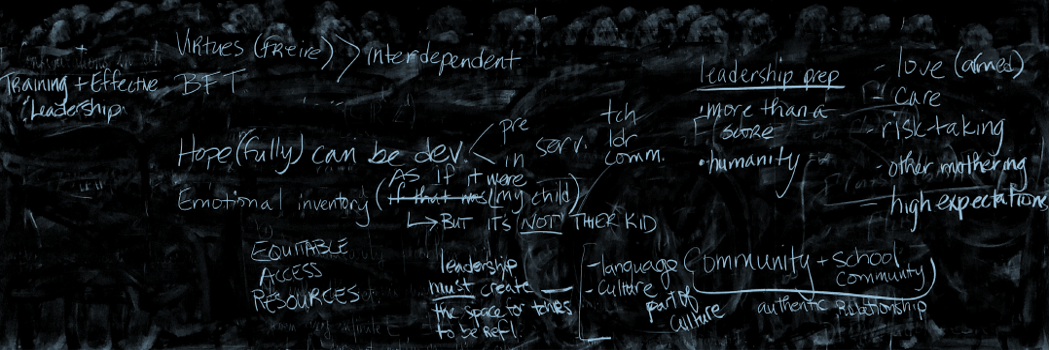So what stood out for me in this work, as a future researcher, is how you got around the IRb part. I appreciate how you found different, non-traditional ways to effectively and meaningfully triangulate your work. There was a lot of public data that served as data in easy tha IRB data would have functioned. This served as a model for how to obtain needed data ttah IRb does not approve.
Also, for Bowman, what stood out was the way in which he dealt with teacher-evaluations: “ This arose from a sense of urgency Johnson felt around getting it—the teaching and learning—right for his students. It also drove him to put his teachers on notice that after the first year of the new teacher evaluation rubric, he would be a “tougher grader.” His motivation was to inspire his teachers to excel in their practice. As he explained in the Johnson Bulletin, “The only way for us to be our best is if I push you to be your best.” Johnson’s view was that if he did his job well, the staff would lead themselves, and each other, to high standards of practice. This, Johnson believed, would lead to growth and excellence for students, as well.” (Rivera-McCutchen, 2020, p. 23). This displays a commitment to communal excellence by not allowing teachers who don’t display authentic CARE for students in ways that contribute to student success (academic, personal, and communal) to continue to serve Black and brown students. This is because the well-being of his students, not policies, drove his decision-making. A concrete example of this manifested in his urging parents to have their students opt out of state testing. Moreover, this resistance led to genius hours where students were focused on work that was not related to state tests.



